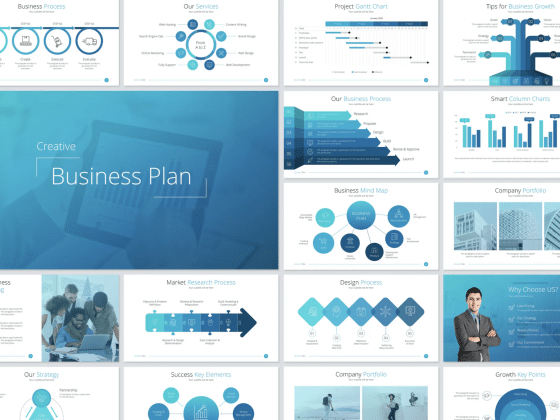Congratulations, your newest client is a local ice cream shop down the street! While your first thought is probably how not to gain weight throughout the duration of the project, your second should most definitely be about where to begin: by writing a detailed, thorough design brief.
As an Orange County Web Design studio, we do our best to design marketing pieces for clients that aren’t only aesthetically pleasing, but fully functional in appealing to their target audience. Your first step with this ice cream shop should be to have a meeting with the person who’s in charge of the project. Maybe it’s the owner, her marketing director or her daughter- just make sure you know who the decision maker is. Together you can begin filling out the design brief by
1. Exchange Contact Information
Exchanging names, phone numbers and e-mail addresses seems easy enough, but it might also be a good idea to find out when the best time to contact him or her is and how. Maybe the owner only communicates via e-mail early in the morning; this type of information will affect the scheduling of the project. Try your best to also designate just one person from both parties as points of contact so that you’re all on the same page. Having the owner and her daughter telling you to do two different things can be confusing and not very time efficient.
2. Obtain Background Information About the Company
For any project you work on, attaining sufficient background information on the company is always crucial. How long have they been around; what types of marketing strategies have they employed in the past; how successful were they; what’s their best selling ice cream etc. These are the types of questions you should be asking. For all you know something about their past might trigger some creative inspiration for your new project.
3. Identify Your Client’s Goals
As designers, it’s nearly impossible to create a successful piece without the client’s goals in mind. Our work is meant to serve a purpose, which is to meet those specific goals. Maybe the ice cream shop owner wants to increase their brand awareness in their community and take advantage of niche markets in the area. This type of information will help you design outcome-focused work.
4. Determine Your Client’s Target Market
Knowing who exactly she’s selling the ice cream to will help you to design work that is catered specifically to that audience. If the owner is targeting young children between the ages of 3-10, it wouldn’t be a very good idea to create a campaign that uses high level diction or unexciting color schemes.
5. Brainstorm a “Single Message”
Refining all of the client’s goals and information into one single message will help keep you on track throughout the design process. This message should answer the question: What do you want your target audience to remember from your campaign? This gives both parties a clear picture of what needs to be achieved and what style you’ll be going for. For the ice cream shop maybe it’s “We serve a wide selection of fresh, delicious ice cream all at an affordable cost.”
6. Identify Existing Branding
Does your client already have existing branding? If so would he or she like to reinforce it through this new project or discard it all together? If you’re reinforcing the existing branding make sure you keep it consistent; it might mean using similar color schemes, typeface, layout etc. If you’re brainstorming an entirely new identity this is your opportunity to express your creativity in a way that will help your client’s business succeed.
7. Obtain Examples
Having visual media to work with will give both of you a better picture of what’s happening. Ask for examples of their old branding, design work they like- and dislike and identify what elements you want to carry forth into your new project. The ice cream shop owner might say they love the branding of Pink Berry- but what exactly do they like. Is it the layout, the quality of the photographs, the typography? Your job is to find out.
8. Outline the Scope of Work
After you’ve both ironed out what the goals are of the project you can begin outlining a scope of work. This can be a list of what you’ll be providing or a more detailed proposal of each feature you’ll be providing. Make sure it’s detailed and both parties are clear on what each item means. Almost like a contract, a written scope of work will give you documentation you can hold your client to in the future. Trust me, having a solid scope of work will save you from headaches in the future.
9. Set a Complete Schedule
Create a timeline of deadlines you can follow to complete each phase of the project for both you and your client. This will ensure the project is finished on time. Deadlines can include when a concept is finalized, when the client needs to have this information sent to you, when a website goes live etc. Completing projects in a timely manner will be cost efficient to both your business and theirs.
Having a solid creative brief should give you the jump start you need to begin your project. Planning is key when it comes to designing a brilliant piece of design work!




